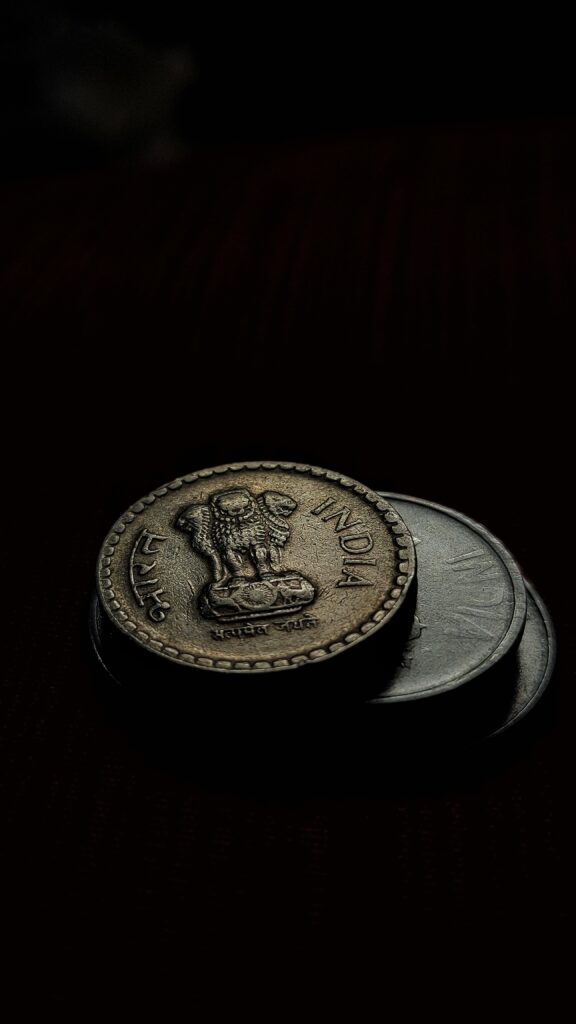Exchange rate regimes have always played a crucial role in shaping a country’s external sector dynamics. Whether a country chooses a fixed exchange rate, a managed float, or a freely floating system, the implications on trade balances, capital flows, and especially current account balances can be profound. This blog presents a macroeconomic and empirical perspective on Impact of Exchange Rates on Current Account Balances using a cross country analysis.

Understanding Exchange Rate Regimes
Exchange rate regimes can be broadly classified into three types:
- Fixed (or Pegged): The currency is tied to another major currency (like the USD or Euro).
- Managed Float (or Dirty Float): The exchange rate is market-determined but influenced by central bank intervention.
- Freely Floating: The currency is entirely determined by market forces of supply and demand.
Each regime has its strengths and limitations in dealing with external imbalances.
Theoretical Perspective: Elasticities and Absorption Approaches
Two major theories explain how exchange rates influence the current account:
- Elasticities Approach: Based on the Marshall-Lerner condition, this theory states that a depreciation improves the current account if the sum of price elasticities of exports and imports is greater than one.
- Absorption Approach: Suggests that for the current account to improve, national income must increase more than domestic absorption (spending).
In both cases, flexible exchange rate systems offer more room for adjustment, while fixed regimes restrict currency correction, often leading to prolonged imbalances.
Empirical Evidence from Cross-Country Data on Impact of Exchange Rates on Current Account Balances
To test the validity of these theories, several empirical studies have analyzed data from the IMF, World Bank, and BIS. A common methodology involves panel data regression models using variables such as:
- Current account balance (% of GDP)
- Exchange rate regime classification (from IMF’s AREAER database)
- Real effective exchange rate (REER)
- GDP growth
- Interest rates
- Terms of trade
Key Findings:
- Flexible regimes are more successful in correcting current account imbalances over time. Countries like Canada and Australia have adjusted better during external shocks due to their floating systems.
- Fixed regimes often require significant reserves to maintain parity and tend to mask underlying current account issues until they become unsustainable. For example, countries in the Eurozone (which effectively operate under a fixed system) often face prolonged imbalances.
- Developing economies with fixed regimes face capital flight and inflation pressures during crises, which further distort current account adjustments.
Case Studies: India vs. Argentina vs. Germany
- India (Managed Float):
India operates under a managed floating exchange rate regime. During periods of high oil prices and import bills, the RBI allows the rupee to depreciate, thereby encouraging exports and discouraging imports. This has helped stabilize the current account deficit over time. - Argentina (Fixed Regime in the 1990s):
Argentina pegged its peso to the USD during the 1990s, which led to a strong currency, falling exports, and rising imports. The resulting current account deficit contributed to the country’s infamous 2001 crisis. - Germany (Eurozone Fixed Exchange):
Germany benefits from a relatively undervalued exchange rate within the Eurozone, which boosts exports and sustains a persistent current account surplus. However, this has led to imbalances within the Eurozone, especially with deficit countries like Greece and Spain.
Policy Implications
- Exchange Rate Flexibility Is Key:
Allowing currency to adjust can act as a shock absorber, reducing the reliance on foreign reserves or debt to manage imbalances. - Monetary and Fiscal Coordination:
Exchange rate regime alone cannot correct current account issues. It needs support from demand management, competitiveness, and capital control policies. - Targeting Structural Reforms:
Countries should work on enhancing export competitiveness through investment in infrastructure, innovation, and reducing trade barriers.
Conclusion
The choice of exchange rate regime is not just a technical policy—it shapes a country’s vulnerability to external shocks and its long-term trade balance. While fixed regimes may offer short-term stability, flexible or managed floating regimes allow for smoother and faster adjustments in response to global market dynamics. Empirical data supports the view that more flexible systems are better at correcting current account imbalances, particularly in volatile economic conditions.
For policymakers, researchers, and students alike, understanding this relationship is crucial in the broader context of macroeconomic management and global financial integration.
For Similar Content Do Follow: thinkeconomica.com
#Class12Economics #ClassXIIMacro #DesignLinkedIncentivesScheme #DLIScheme #EconomicsforUPSC #GovernmentBudgetClass12 #JalJeevanMission #Meity #MinistryofAgricultureSchemes #MinistryofCommerce #MinistryofEducation #MinistryofJalShakti #MissionSUJALAM #MoA&FWSchemes #MODIGovt3.0 #MoneyMultiplier #MoNRE #MoPNG #NamamiGange #NIPUNBharatMission #PLIScheme #PMAwasYojana #PMBhartiyaJanaushadhiPariyojana #PMDeVINEScheme #PMGATISHAKTI #PMKISAN #PMKUSUM #PMKVY #PMMatsyaSampada #PMMatsyaSampadaSchemeUPSC #PMSHRI #PMSHRIScheme #PMSuryaGharMuftBijliYojana #PMSVAMITVASCHEME #ProductionLinkedScheme #RashtriyaGokulMission #SAKSHAMScheme #SamagraShikshaScheme #SamagraShikshaScheme2.0 #SamagraShikshaYojana #SC/STSchemes #StandUpIndia #UTPRERAK #UtprerakScheme #VidyanjaliScheme


